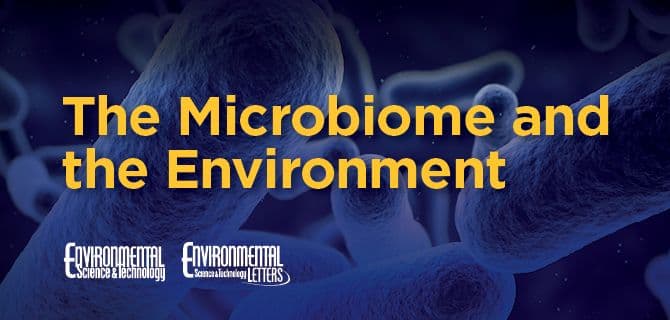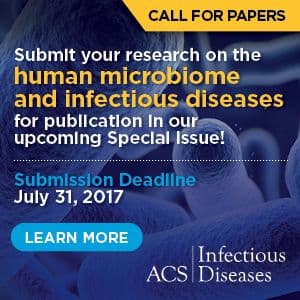Advances in technology and research methods have in recent years allowed scientists to more effectively study Earth’s oldest life forms – microorganisms. They’ve discovered almost all microorganisms exist not alone, but in communities commonly known as “the microbiome,” and that these communities interact with their environments in a variety of ways. On July 26, Environmental […]


On July 26, Environmental Science & Technology and Environmental Science & Technology Letters presented The Microbiome and the Environment, a webinar focused on the microbiome of the urban water cycle. In this first of the three-part #ACSmicrobiome webinar series, Dr. Lutgarde Raskin, Altarum/ERIM Russell O’Neal Professor of Environmental Engineering at the University of Michigan, and Dr. Tong Zhang, Professor in the Environmental Biotechnology Laboratory in the Department of Civil Engineering at The University of Hong Kong discussed what their research has uncovered about the critical role of the microbiome in the urban water cycle.
The Microbiome of Drinking Water
Before it reaches our taps, drinking water goes through a multi-step treatment process that includes primary disinfection through exposure to ozone and biofiltration, and secondary disinfection through exposure to chloramine, Raskin says. But the water we drink still ends up with between 106 and 108 bacterial cells per liter.
It’s impossible to remove all mycobacteria from drinking water, so water treatment efforts focus on removing pathogenic microbes – the microorganisms that can cause disease in humans, particularly people with compromised immune systems, Raskin says. Mycobacteria avium and Mycobacteria abscessus are two environmental, or naturally occurring, mycobacteria whose levels need to be monitored in public water systems, as they can cause disease, and have shown some resistance to disinfectants.
Raskin’s research team studied the tap water from a group of houses in Ann Arbor, Michigan. Seven of the houses were close to the water treatment plant, and eight were farther away from the facility. The water coming out of the taps close to the plant had less exposure to chloramine in the city’s water distribution system, as it had a shorter distance to travel through that system. The water that traveled farther through the system before reaching the tap had greater exposure to chloramine. They found bacterial and mycobacterial concentrations were higher in samples taken farther away from the water treatment plant, Raskin says.
“I think it’s critically important to study all kinds of microbial phenomena within the context of the complex drinking water microbiome, and that we not just want to do this in the lab, but want to go into the field, studying full-scale systems, because there is complexity that we cannot mimic in the lab,” she says.
The Microbiome of Wastewater Treatment Plants
Another element of the urban water cycle is wastewater treatment plants, which have their own unique microbiomes. These facilities can be hotspots for antibiotic resistance genes because their microbiomes are home to thousands of species, have a high biomass density, and bacteria input from the waste of thousands of people, Zhang says. Wastewater treatment facilities must ensure these ARGs are removed from the wastewater to prevent their spread.
Wastewater treatment plants must monitor levels of bacteria associated with bulking, which is activated sludge with poor settling and compaction characteristics, and foaming, Zhang says. Both bulking and foaming can lead to overflow and hinder a plant’s operations. He praised the advances made in metagenomics, which provide technicians with information about the bacterial makeup of the microbiome in a quick, quantitative, and qualitative way.
Large-scale DNA sequencing and metagenomics are important tools in studying the bacterial profiles of the microbiome at the genus level, Zhang says. And the technological advancements must continue. He calls for specific, customized databases that would allow for better analysis of the bacterial profiles of wastewater treatment plants. Among Zhang’s other predictions for new developments is that third-generation genomic sequencing will allow for longer sequences, which will make analysis more accurate.
Want to learn more about the microbiome of the urban water cycle? You can watch a recording of the full webinar complete with Dr. Raskin and Dr. Zhang’s slides through July 25, 2017, just register here.
